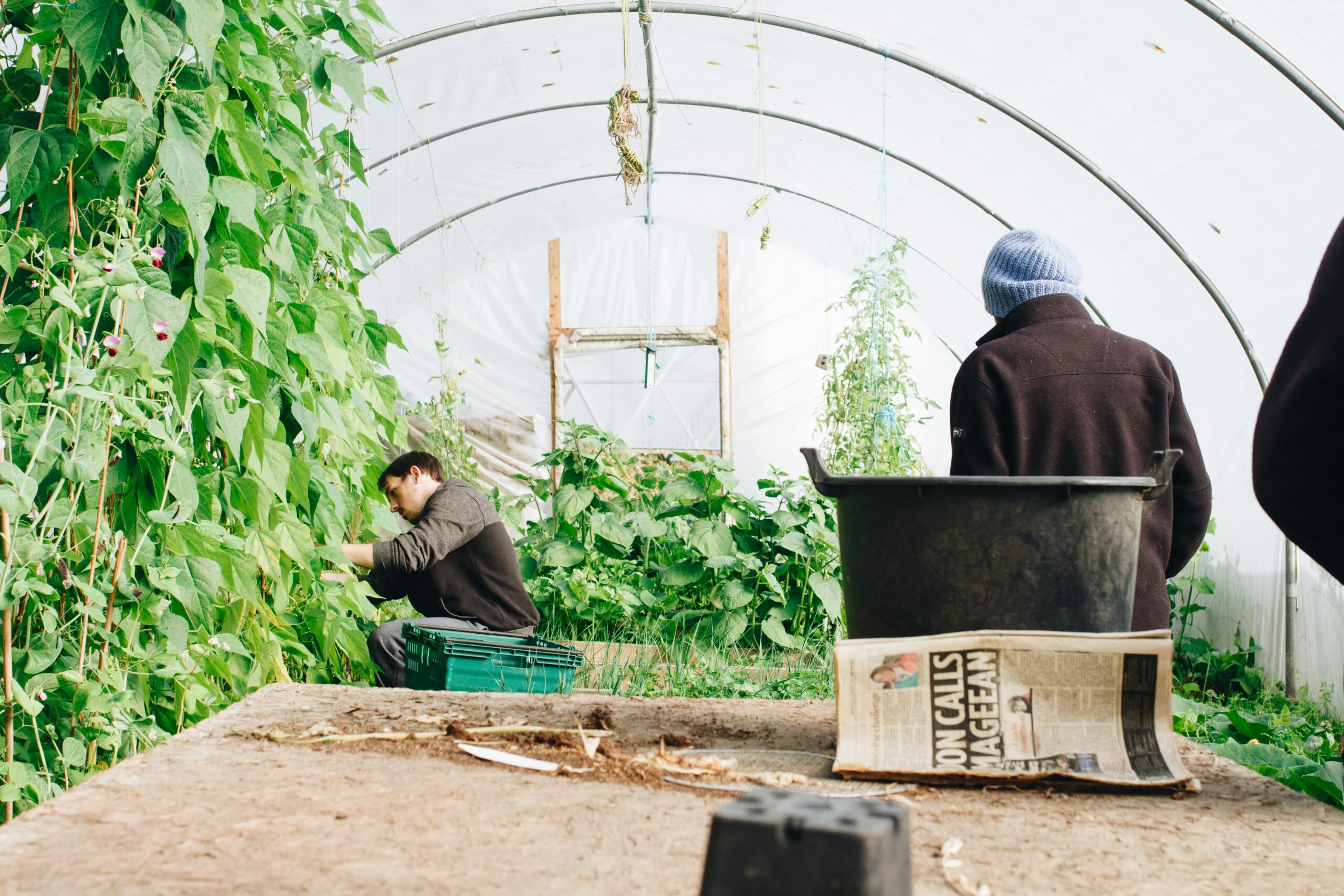Technology plays a pivotal role in transforming how we understand and manage greenhouse systems. As the demand for sustainable agricultural practices increases, incorporating advanced technology not only enhances efficiency but also deepens our comprehension of environmental factors that affect plant growth. From sophisticated climate control systems to innovative monitoring tools, embracing technology allows growers and enthusiasts alike to optimize conditions for their crops. This synergy between technology and greenhouse management creates opportunities for increased productivity, sustainability, and ultimately a healthier planet. In this guide, we will explore the various technological advancements that facilitate a more robust understanding of greenhouse systems and their benefits.

1. Climate Control Innovations
Effective climate control is essential for maintaining optimal growing conditions within a greenhouse. Innovations such as automated ventilation systems and climate sensors have revolutionized how growers manage temperature and humidity levels. By using data-driven technologies, these systems can automatically adjust settings based on real-time environmental conditions, ensuring a stable and conducive atmosphere for plant growth. This not only maximizes productivity but also conserves energy, making operations more sustainable.
Advancements in materials used for constructing greenhouses, such as double-walled polycarbonate and thermal screens, have improved insulation and light diffusion. These materials help regulate temperature fluctuations and enhance light distribution, resulting in healthier plants and higher yields. As technology continues to evolve, innovative greenhouses are also becoming more popular, incorporating features such as automated irrigation systems and solar panels for sustainable energy production. It is evident that embracing technology in climate control enhances our understanding of how environmental factors influence plant growth and enables us to create more efficient and sustainable growing conditions.
2. Precision Agriculture Techniques
Precision agriculture techniques have emerged as powerful tools for managing greenhouse systems more efficiently. By employing GPS technology and data analytics, growers can monitor soil conditions, moisture levels, and nutrient content with remarkable accuracy. This level of detail allows for tailored interventions, ensuring that each plant receives the precise amount of resources it needs to thrive. As a result, growers can minimize waste, optimize resource use, and ultimately improve crop performance.
The use of drones and aerial imagery in precision agriculture provides valuable insights into plant health and growth patterns. These technologies enable growers to quickly identify areas that require attention, facilitating timely interventions that can prevent disease and promote optimal growth. Implementing precision agriculture techniques not only boosts yield but also promotes sustainable practices by reducing the overuse of fertilizers and water resources.
3. Smart Irrigation Systems
Smart irrigation systems play a crucial role in conserving water while ensuring that plants receive adequate hydration. By utilizing soil moisture sensors, these systems can automatically adjust watering schedules based on real-time data, effectively preventing over-irrigation and conserving this vital resource. This technology helps growers maintain healthy plant conditions without depleting water supplies unnecessarily.
Smart irrigation systems can enhance the effectiveness of nutrient application. By synchronizing watering with fertigation techniques—where fertilizers are dissolved in irrigation water—growers can ensure that nutrients are delivered directly to the roots when needed. This innovative approach not only enhances crop quality but also supports sustainable farming practices by reducing runoff and environmental impact.
4. Data Analytics and Monitoring
The rise of data analytics in greenhouse management has transformed decision-making processes for growers. By collecting and analyzing data from various sources—such as climate control systems, sensors, and market trends—growers can make informed choices that enhance productivity and sustainability. Data analytics allow for predictive modeling, enabling growers to forecast plant growth patterns and potential challenges before they become problematic.
Real-time monitoring tools also play an essential role in greenhouse management. With the integration of IoT (Internet of Things) devices, growers can continuously track plant health indicators, environmental conditions, and system performance. This continual oversight not only facilitates immediate corrective actions but also fosters a deeper understanding of plant responses to different variables, leading to more effective management strategies.
5. Integration of Artificial Intelligence
Artificial intelligence (AI) is increasingly being utilized to enhance efficiency in greenhouse systems. AI algorithms can analyze vast amounts of data, identifying patterns and trends that may not be immediately apparent to human operators. This capability allows for more nuanced monitoring of plant health, pest detection, and disease forecasting, ultimately leading to improved crop management and reduced losses.
AI-powered robots and automation systems are becoming integral to greenhouse operations. These robots can perform tasks such as planting, pruning, and harvesting with a level of precision that minimizes labor costs and maximizes efficiency. As AI technology continues to advance, it will play a critical role in driving innovation and sustainability in greenhouse management.
6. Enhancing Crop Diversity
Embracing technology is not solely about improving efficiency; it also facilitates greater crop diversity in greenhouse systems. Advanced seed breeding techniques, enabled by genomic technologies, are allowing growers to cultivate new and resilient plant varieties. These innovations can improve disease resistance, enhance nutritional value, and yield higher crops under various environmental conditions.
Smart greenhouse technologies support the cultivation of a wider range of plants by providing tailored environmental conditions for diverse species. Growers can experiment with different crops, introducing exotic fruits and vegetables that may not typically thrive in their region. This exploration of crop diversity not only enriches agricultural production but also contributes to food security and ecological resilience.

The incorporation of technology in greenhouse systems has revolutionized our understanding and management of plant growth. By maximizing efficiency, promoting sustainability, and supporting diversity, these innovations have significant implications for both growers and consumers. Continued advancements in technology will undoubtedly lead to more efficient and sustainable practices that benefit not only our agricultural industry but also our planet as a whole.



